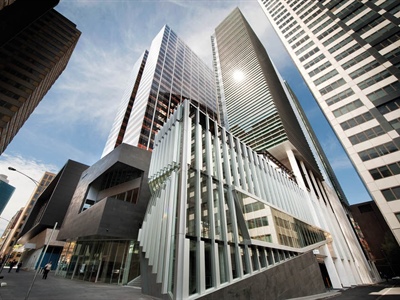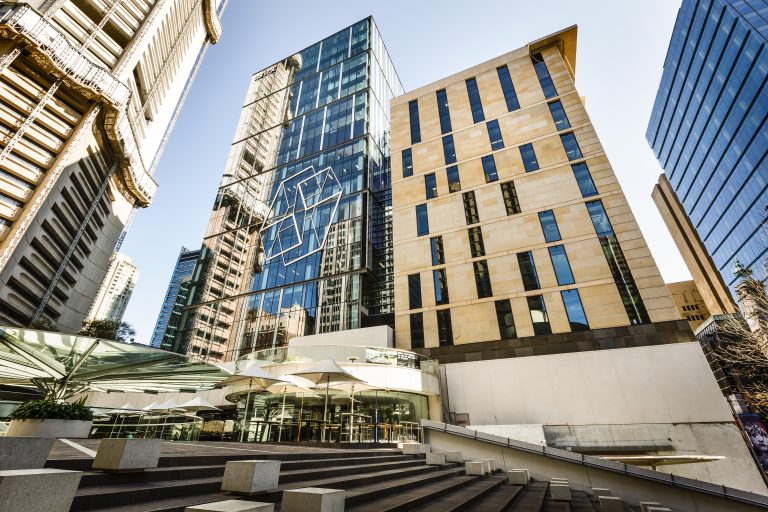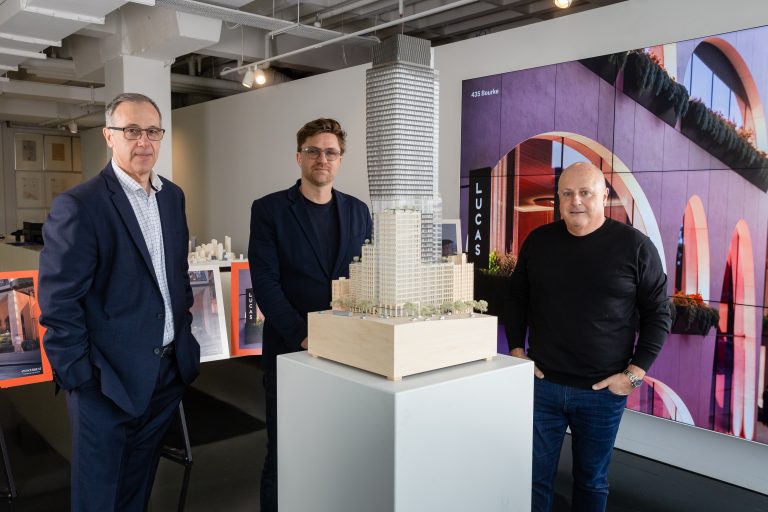11 Mar 2013
Divining the market office towers

Peter Menegazzo, the fund manager for the Investa Commercial Property Fund, is at the pointy end of one of the big debates in Australian nonresidential real estate – will “yield compression” drive up prices for prime office towers?
Almost everyone is waiting for the shift despite weak income growth.
It has happened to equities and to office towers in London and New York. It is forecast by the chief executives of Australia’s top real estate investment trusts and it is expected by their United States investors.
But yield compression does not happen by magic. It happens when investors like Menegazzo make the call and buy on a lower yield. Then the valuers follow.
“There are deals literally happening right now. We are right in the midst of it,” Menegazzo says.
“We are hearing that there are offers being made on prime assets in Sydney, but vendors are just not dealing with them. If those deals proceed they would definitely show that yields are firming in that market as well.
“Actual deals, coupled with sentiment, and things that are happening in the market that we are hearing…we are seeing the early signs of yield compression in the prime market.”
Menegazzo should know. He travels to the major cities most weeks, when he is not in Asia or Europe talking to investors in the $2 billion wholesale office market.
Two weeks ago, Investa Commercial Property Fund, the vehicle Menegazzo manages, in partnership with the listed Investa Office Fund, confirmed the acquisition of 567 Collins Street, Melbourne. Developed by Leighton Properties, it is the most valuable office tower to be built in Melbourne since the global financial crisis.
While the $460 million price tag is impressive, it’s the small number next to it that really caught the market’s attention: the deal was closed on a 6.7 per cent investment yield.
Two days later that number was eclipsed by another blockbuster deal at the other end of Collins Street. The $3.8 billion GPT Wholesale Office Fund (GWOF) run by Martin Ritchie, bought a 50 per cent stake in 8 Exhibition Street for $160 million at 6.5 per cent.
While Menegazzo diplomatically declines to comment on that deal, he’s clearly happy. It means his investment has gained 25 basis points in value in just a few days.
All eyes are now looking at Invesco’s move to buy a half stake in the $240 million police complex in Spencer Street. Will the transaction push yields further below 6.5 per cent?
The ripple effect of those numbers, driven by the low cost of debt and the search for income producing assets as bond rates fall, will spread to Sydney, Brisbane and Perth.
Jones Lang LaSalle’s head of office investment in Australia, Rob Sewell, says global investors, who are accustomed to much lower yields elsewhere in the world, are attracted to Australian office towers.
“There is a large amount of capital chasing prime office assets, which will result in transactions being done at premiums above book values,” he says.
“Those holding these assets are unlikely to be sellers. Pricing will have to be compelling to see assets prised from these owners.”
Charter Hall Group joint managing director, David Southon, says the shift largely applies to prime assets.
“As in other parts of the world, liquidity is driving values, rather than the fundamental need for accommodation,” he says.
Not everyone shares the view. GDI Property Group’s Steve Gillard, who bought a number of towers cheaply in the wake of the GFC, says he is more of a seller than a buyer these days.
On the historical analysis, property yields do not follow the bond rate down but work in reverse. They drop when the economy is recovering, office tenancy is improving and bond yields are rising.
Fund managers like Menegazzo and Ritchie take a long view as they answer to their investors – mostly super funds looking to secure revenue streams over the long term without loss in capital.
They are looking well over the horizon beyond the present weakness in office employment. They expect their blue-chip office towers to be well tenanted in years to come, supplying solid rental returns. And they are prepared to pay top dollar for that.
“REIT investors are looking at tomorrow, we are looking beyond tomorrow,” Menegazzo says.
“If you are a medium to long-term investor – which most real estate investors typically are – and you are buying a trophy asset with a reasonably good yield with effective characteristics that doesn’t have significant expiry risk over the next two years, and you believe the economy is going to recover and inflation will come back into the market at some point and you’re getting borrowing costs that is accretive to yield…well it’s making sense.
“It’s a defensive investment that has leverage in an upswing.”
Ritchie argues that there is now a lot of interest from wholesale investors for Australian office property.
“There is pent-up demand from investors who would like to put money into GWOF, but we are not available for equity at the moment,” he says.
“Despite the fact that rents are very soft, and even going down in some places,” Ritchie says.
The softness is not an immediate threat to a well-leased building. Rent increases are already locked in and by the time tenants come to renew, the current softness, investors hope, will have passed.
Ritchie doesn’t expect a bidding war to break out.
His investors, and those of his peers, expect restraint from their managers, as much as they want access to “good product”.
“They say ‘don’t grow for the sake of growth just do a good job’,” he says.
“There is a little bit of compression for the right assets but not across the board. There is still a two-tiered market where long leases, prime, central CBD location, have got some tightening. But lower grade buildings, poorer locations, short leases, are very soft and hard to sell.”


